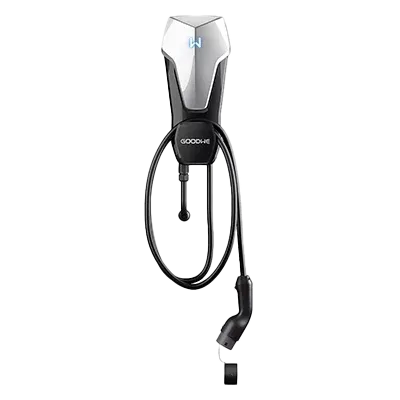
GoodWe EV Charger 7kW
Single-phase AC charger (IP66), perfect for most Aussie homes. Pair with Energy Hub for solar-aware charging.
Choose a charger, add the Jousto Energy Hub to charge from sunshine and cheap off-peak power, then book installation. Simple, smart, and ready for every EV.
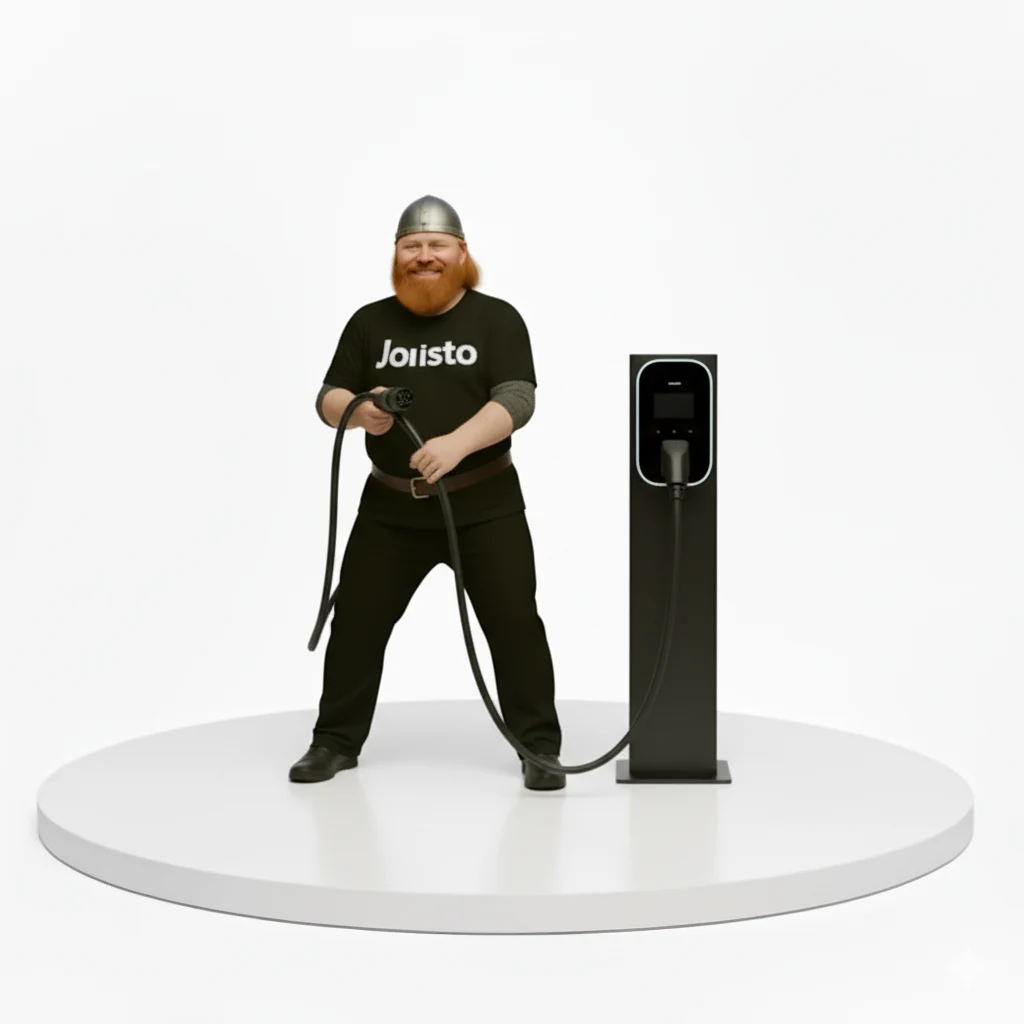
Quality hardware, great value — and smarter with the Jousto Energy Hub.

Single-phase AC charger (IP66), perfect for most Aussie homes. Pair with Energy Hub for solar-aware charging.

Faster AC charging for three-phase homes and EVs that support higher rates. Solar-smart with Energy Hub.
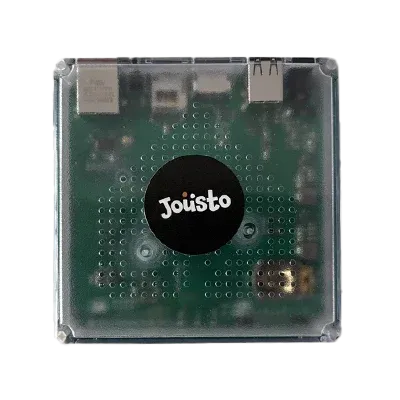
Make charging solar-aware on day one. Includes Genius Agent to guide your self-setup & automations.
Learn more about the Jousto Home Assistant Genius.
Choose your charger
Pick 7kW or 22kW GoodWe model.
Add the Energy Hub
$249 with Genius Agent for self-setup.
Checkout online
We’ll confirm details and schedule install.
Charge on sunshine
Smart modes for solar and off-peak.

Hot water is a necessity in every household, but traditional water heating methods can be expensive and energy-intensive. With rising electricity costs and a greater focus on sustainability, many homeowners are switching to heat pump hot water systems for a more energy-efficient and cost-effective solution.
But what exactly is a heat pump hot water system, and how does it help reduce energy consumption? In this guide, we’ll explore how these systems work, their benefits, and why they are a smart investment for Australian homes.
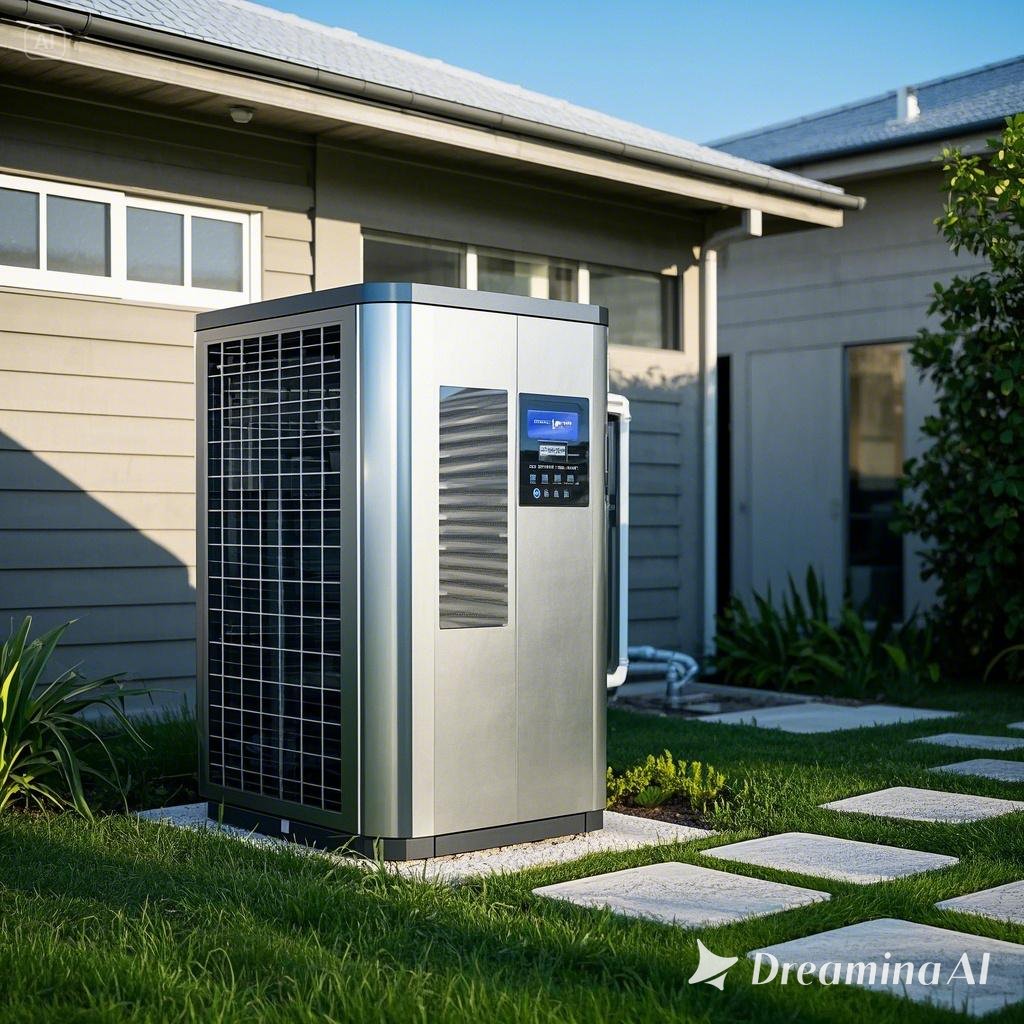
A heat pump hot water system is an advanced water heating technology that uses heat from the surrounding air to heat water, rather than relying on traditional electric or gas heating elements.
This system operates similarly to an air conditioner or refrigerator, but in reverse:
✅ It extracts heat from the air using a refrigerant.
✅ The refrigerant is compressed, increasing its temperature.
✅ The heat is transferred to the water, efficiently warming it.
Unlike traditional electric water heaters that generate heat directly, heat pumps move existing heat, making them far more energy-efficient.
A heat pump water heater consists of three main components:
Evaporator Coil – Absorbs heat from the surrounding air.
Compressor – Increases the temperature of the refrigerant.
Heat Exchanger – Transfers the heat to the water in the storage tank.
1️⃣ The system draws in warm air through the evaporator coil.
2️⃣ The heat from the air is absorbed by a refrigerant, turning it into a gas.
3️⃣ The compressor increases the pressure, raising the refrigerant’s temperature.
4️⃣ The heated refrigerant passes through the heat exchanger, transferring heat to the water.
5️⃣ The refrigerant cools down and returns to the evaporator coil to repeat the cycle.
This process allows heat pump systems to use significantly less electricity than conventional water heaters.
Heat pump hot water systems can be three to four times more efficient than traditional electric water heaters. Instead of creating heat, they move existing heat, requiring much less power.
✅ A standard electric water heater may use 4 kWh of electricity to heat water.
✅ A heat pump system can achieve the same result using just 1 kWh.
This reduction in power consumption leads to lower energy bills and significant long-term savings.
Heat pumps work best in warm climates like Australia’s, where they can efficiently extract heat from the air year-round.
✅ They can be paired with solar power to reduce grid electricity use.
✅ They operate efficiently even in cooler temperatures, unlike solar-only systems.
✅ They require less backup heating than traditional electric systems.
By harnessing renewable thermal energy, heat pumps help reduce carbon emissions and overall electricity consumption.
Many households use hot water during peak electricity pricing periods (morning and evening). Traditional electric water heaters draw large amounts of power during these times, increasing costs.
✅ Heat pumps use less power overall, reducing peak demand.
✅ They can be programmed to operate during off-peak hours, further lowering costs.
✅ Some models feature smart scheduling, optimising energy use based on demand.
This means households can maximise savings by heating water when electricity is cheaper.
Traditional storage water heaters continuously heat and reheat water, leading to standby heat loss. Heat pump systems:
✅ Use better insulation to retain heat longer.
✅ Require less reheating, reducing energy consumption.
✅ Can be installed closer to usage points, minimising heat loss through pipes.
By maintaining water temperature more efficiently, heat pumps prevent unnecessary power waste.
Although heat pump water heaters cost more upfront than standard electric systems, the energy savings offset the initial investment.
✅ Households can save hundreds of dollars per year on electricity bills.
✅ The system typically pays for itself within 3–5 years.
✅ Many models qualify for government rebates, making them more affordable.
Over the lifespan of 10–15 years, a heat pump system can save thousands of dollars compared to electric water heaters.
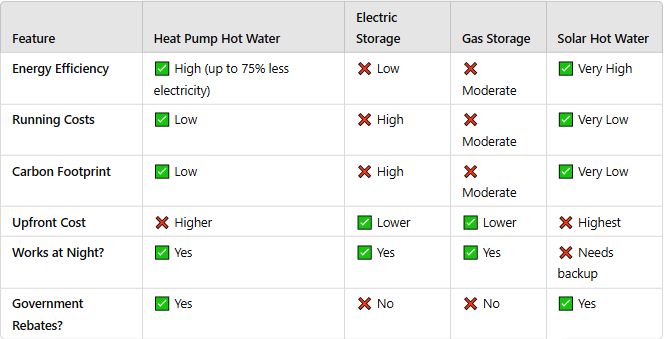
✅ Uses far less electricity than electric or gas storage systems.
✅ Lower running costs than gas, electric, and even some solar hot water systems.
✅ Ideal for homes without roof space for solar panels.
✅ Consistent performance in various weather conditions.
When selecting a heat pump system, consider:
Small households (1–2 people) → 150L–200L tank
Medium households (3–4 people) → 250L–300L tank
Large households (5+ people) → 300L+ tank
Some heat pumps generate noise similar to an air conditioner. Choose a quiet model if installing near bedrooms.
Heat pumps work best in warmer climates, but some models are designed for colder regions.
Look for high efficiency ratings to maximise savings.
Ensure enough outdoor space with proper ventilation.
If you’re looking for high-quality heat pump hot water systems in Australia, Jousto offers energy-efficient solutions designed for long-term savings.
Jousto provides:
✅ Top-rated heat pump hot water systems with smart energy management.
✅ Energy-efficient models to reduce power consumption and costs.
✅ Expert guidance to help you choose the right system for your home.
Explore Jousto’s heat pump hot water range and start saving on energy bills today!
A heat pump hot water system is an excellent investment for homeowners looking to:
✅ Lower electricity costs by up to 75%.
✅ Use renewable energy for sustainable hot water heating.
✅ Reduce their household carbon footprint.
✅ Enjoy reliable hot water with long-term savings.
Ready to switch to an energy-efficient hot water solution? Discover Jousto’s heat pump hot water systems and start saving today! 🚀

© Copyright 2025.Honen Lead Generation.
All Rights Reserved.
Phone: 0489 261 333
185 Morphett St, Adelaide, SA, 5000